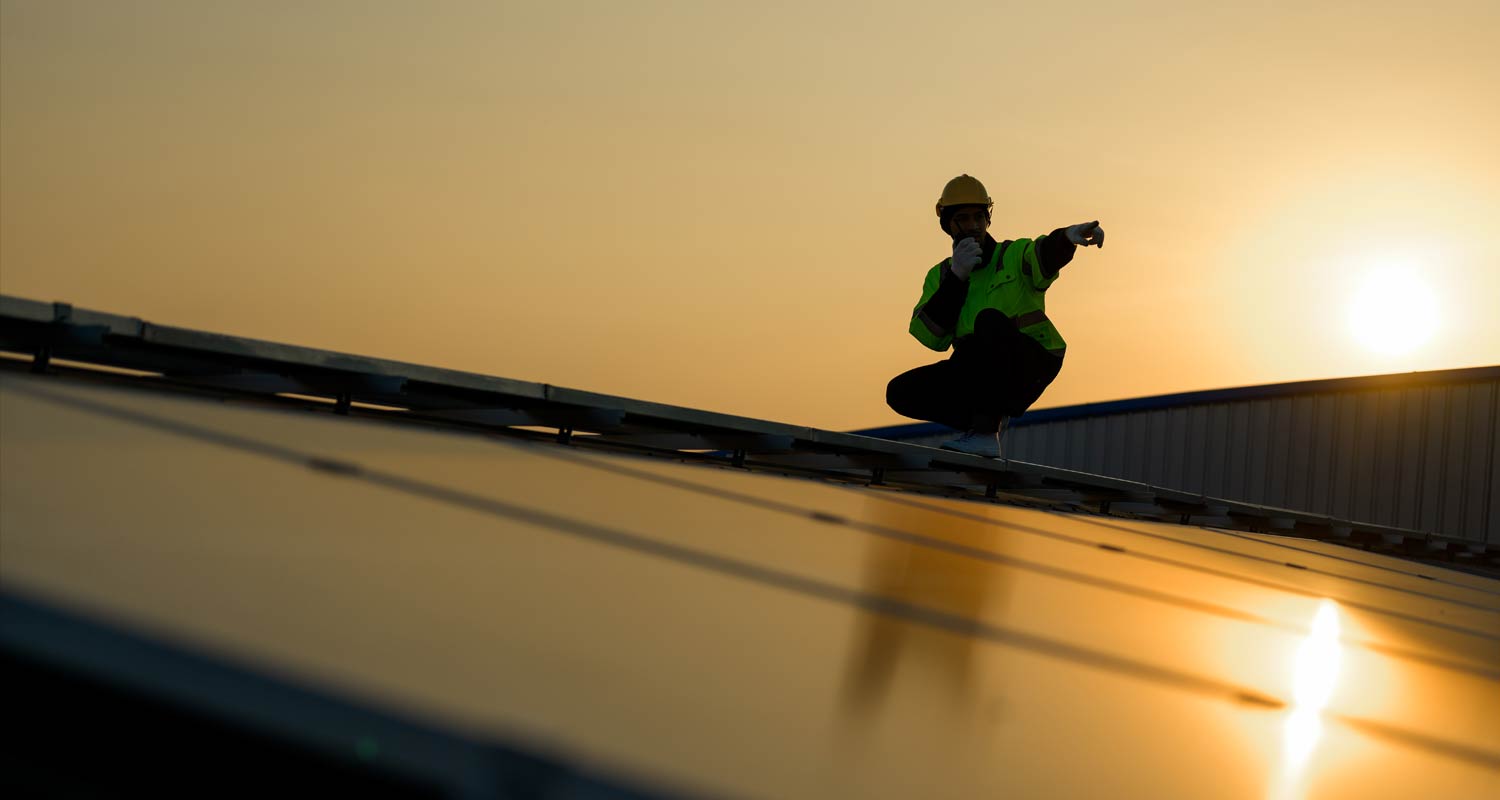 Rooftop solar installations are growing despite South Africans enjoying the longest spell of uninterrupted power supply since 2022.
Rooftop solar installations are growing despite South Africans enjoying the longest spell of uninterrupted power supply since 2022.
The second quarter of 2024 (April to June) saw 350.5MW of rooftop solar capacity added by South African households and business, compared to 240MW in the first quarter, according to GoSolr, a solar installation company.
“The last day we had load shedding was 28 March, and this is a very good opportunity for the solar industry to disassociate itself from load shedding,” said GoSolr CEO Andrew Middleton at the launch in Johannesburg on Tuesday of the company’s quarterly Light Paper on solar energy.
“Last year was an exceptional year; if things continue like this, South Africa will add around half the capacity it did last year by the end of 2024.”
Last year was South Africa’s worst year of load shedding since the rolling blackouts began in 2008, with Eskom reporting that 335 of the 365 days in the year were impacted. Rooftop solar boomed as a consequence, as households and businesses scrambled to find alternative energy sources to meet their needs.
Demand in 2024 is not as strong as it was last year but is growing, and one of the main drivers for this growth is the rising cost of grid-supplied electricity, said Middleton. Eskom increased its direct tariff by 12.74% in April and municipalities have passed these costs on to consumers at rates of between 11% and 14%, effective from 1 July. Some municipalities have introduced controversial fixed-use tariffs, too, which, according to GoSolr, end up punishing those who use less electricity and benefiting those who use more. “It disincentivises people using electricity sparingly,” said Middleton.
Grid prices
Analysis by GoSolr shows that Eskom’s cost per kilowatt-hour – how much it costs the utility to generate electricity – is going to increase in the coming years due to a combination of the inefficiency of its ageing coal fleet and its losing customers as solar further penetrates the market.
“When demand for Eskom power goes down, it is not having the result of bringing prices down. Instead, it is bringing prices up because Eskom has fewer customers and must increase prices to cover its costs. Eskom is not in the position to cut its costs to attract customers because of its ballooning costs,” said Middleton.
Read: The huge promise of floating solar plants
The freedom to generate power away from an increasingly expensive grid is not the only driver of solar adoption. Grid constraints – and the consequent power outages due to “load reduction” – are also driving the desire for households and business to reduce their reliance on Eskom.
“South Africa needs huge investment in its transmission infrastructure, not just in high-capacity long-haul infrastructure but in the last mile, to the home, as well,” said Middleton.

According to GoSolr, as South Africa makes progress in stabilising the energy supply, the motivation driving rooftop solar demand will once again shift away from the cost and savings perspectives currently driving adoption and towards customers insisting that more of their energy comes from clean, renewable sources. For the market to reach this point, however, solar installations must become accessible to lower-income households, too.
“Apart from getting the best-possible tariff structure, there need to be good market signals. This means scrapping the 10% import tax on solar panels and implementing incentives that encourage households to discharge batteries when the system needs them the most, such as during peak hours and at certain times of the year,” said the GoSolr Light Paper. – © 2024 NewsCentral Media




